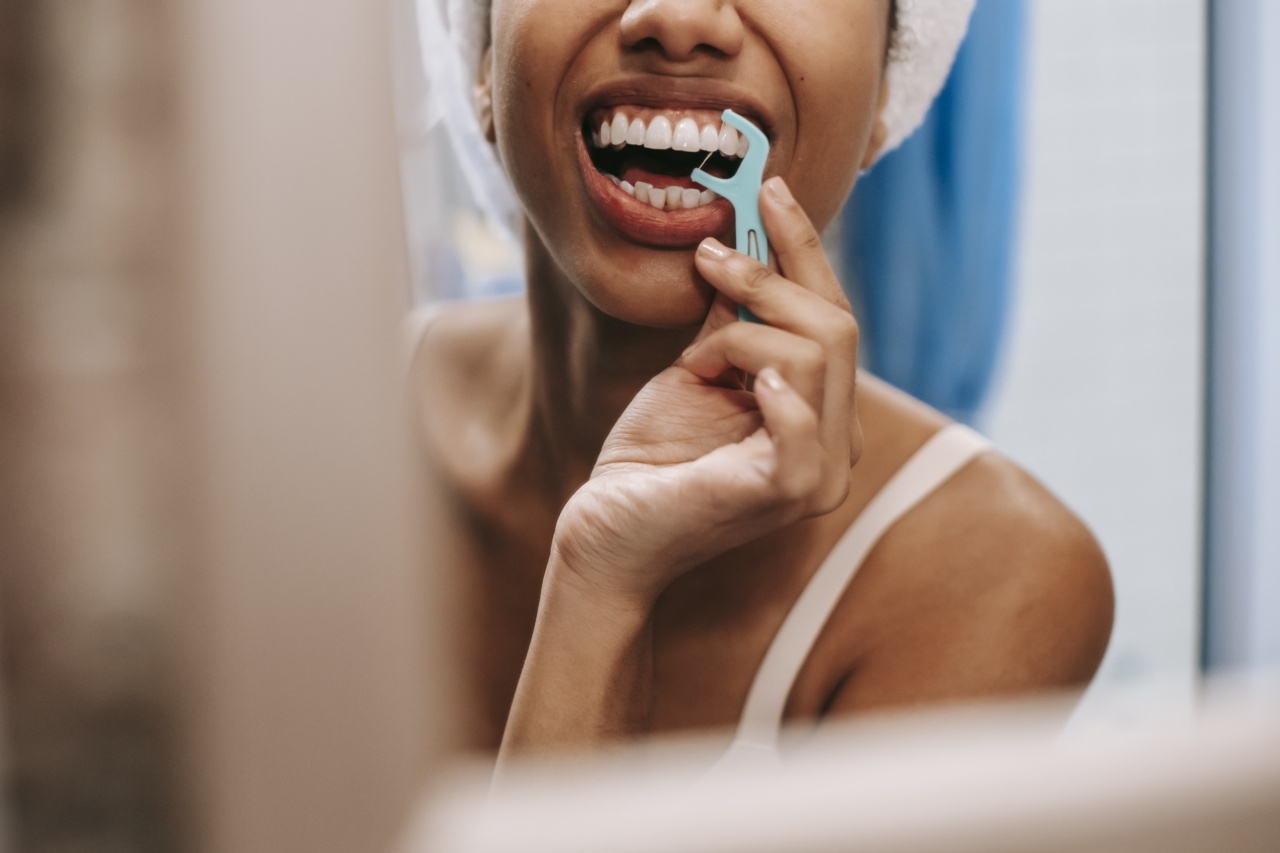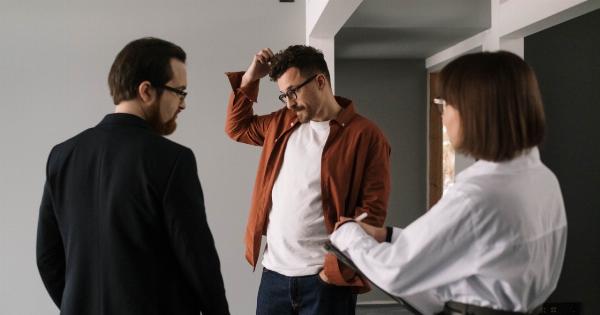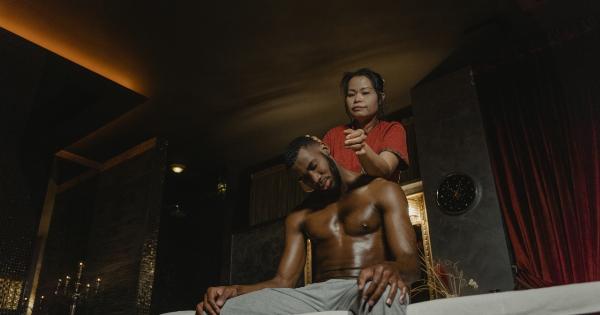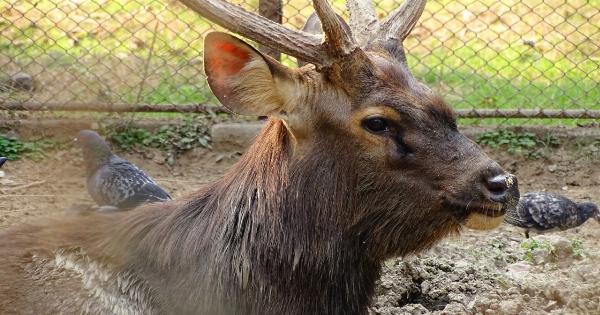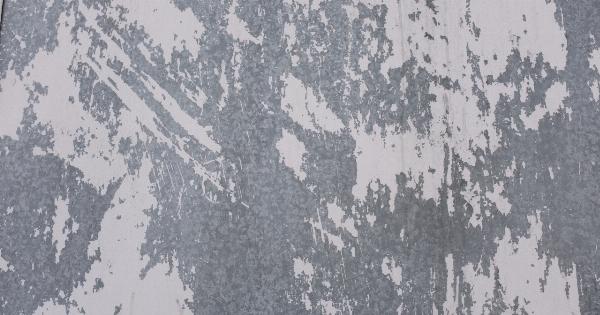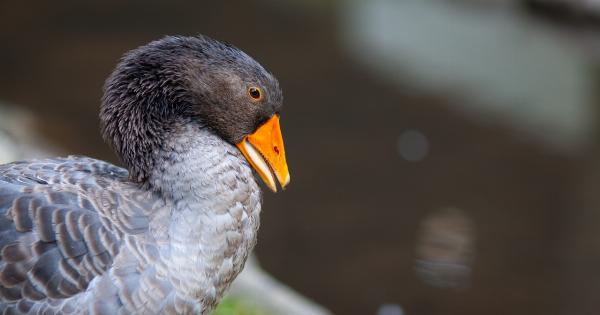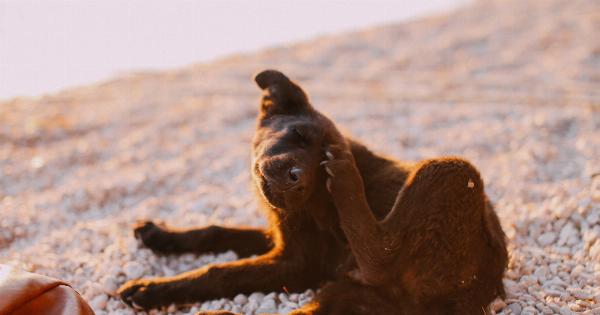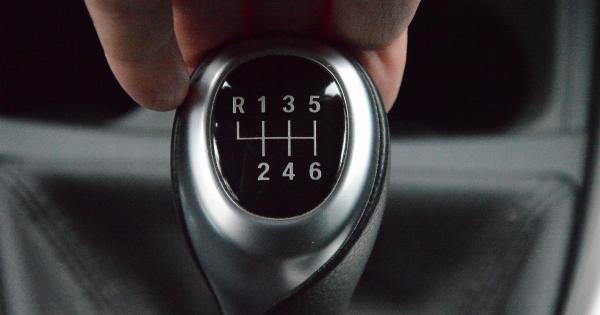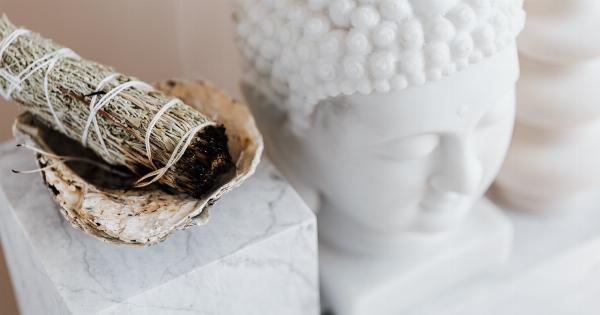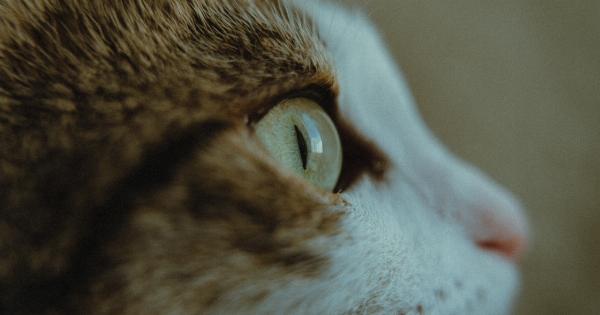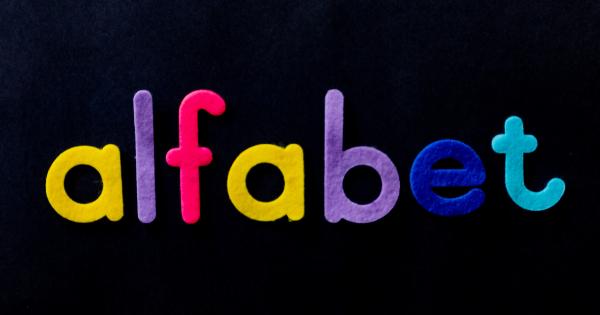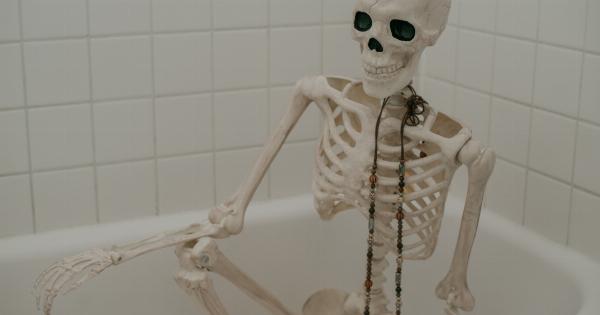Head lice infestations are common among children, but they can also affect adults. These tiny insects feed on human blood and can cause intense itching, discomfort, and social embarrassment.
If left untreated, head lice can quickly multiply and spread to others. In this article, we will discuss how to spot and treat head lice, along with helpful photos for identification.
What are Head Lice?
Head lice, scientifically known as Pediculus humanus capitis, are small parasitic insects that reside on the human scalp and hair.
They survive by feeding on blood from the scalp and reproduce by laying eggs, called nits, on the hair shafts close to the scalp. Head lice are extremely contagious and can spread through direct head-to-head contact, shared personal items such as combs and hats, and even through contaminated bedding or upholstery.
Spotting Head Lice
Identifying head lice can be challenging since they are very small, about the size of a sesame seed, and they quickly move away from light and into the hair. However, some common signs to look out for include:.
1. Intense Scalp Itching: The most common symptom of head lice infestation is persistent itching on the scalp. This itching is caused by an allergic reaction to the lice bites.
2. Tickling Sensation: People with head lice may experience a tickling sensation akin to something moving on their scalp.
3. Small Red Bumps: Scratching the itchy scalp can lead to small red bumps or sores on the scalp and behind the ears.
4. Presence of Nits: Nits, or lice eggs, can be found attached to the hair shafts near the scalp. They are oval-shaped, tiny, and usually yellowish-white, resembling dandruff but cannot be easily removed.
5. Adult Lice: Occasionally, adult lice may be visible crawling on the scalp or hair.
Examining for Head Lice
Examining the hair and scalp thoroughly is crucial for confirming a head lice infestation. You will need:.
1. Good Lighting: Choose a well-lit area to examine the hair.
2. Fine-Toothed Comb: Use a fine-toothed comb to help detect adult lice or nits.
3. Magnifying Glass: A magnifying glass can assist in spotting and identifying the insects and nits easily.
Step-by-Step Guide to Checking for Head Lice
Follow these steps to check for head lice:.
1. Wet the Hair: Wet the hair to immobilize the lice, making it easier to detect them.
2. Section the Hair: Divide the hair into small sections to ensure a more thorough inspection.
3. Comb Each Section: Starting from the scalp, comb each section of hair from the roots to the ends using a fine-toothed comb. Wipe the comb onto a paper towel after each stroke to check for lice or nits.
4. Look for Nits: Look for nits attached to the hair shafts near the scalp. Pay close attention to the areas behind the ears and the back of the neck, as lice prefer these warmer areas.
How to Treat Head Lice
Discovering head lice can be distressing, but fortunately, effective treatment options are available. The process involves:.
1. Over-the-Counter (OTC) Treatments: Numerous OTC treatments like shampoos, creams, and lotions are designed to kill head lice. Be sure to carefully follow the instructions provided on the packaging for optimal results.
2. Manual Removal: Combine OTC treatments with manual removal using a fine-toothed comb. This helps eliminate remaining lice and nits. Wet combing after applying conditioner can make the process more effective.
3. Washing and Vacuuming: Wash all clothing, bedding, and personal items used by the infested person in hot water and dry them on high heat.
Vacuum furniture, car seats, and other upholstered areas to remove any lice or fallen hairs with attached nits.
4. Regular Checks: After treatment, continue to check for any signs of lice or nits regularly. Repeat treatment if necessary.
Preventing Head Lice
Preventing head lice infestation can be challenging, but taking a few precautions can reduce the risk. Some preventive measures include:.
1. Avoid Head-to-Head Contact: Discourage children from engaging in activities that involve direct head contact such as sharing combs, brushes, hats, and headphones.
2. Tie Up Long Hair: Keeping long hair tied up can minimize the chances of lice crawling from one person’s hair to another’s.
3. Personal Items: Advise children to avoid sharing personal items like hats, scarves, combs, and hair ties.
4. Regular Cleaning: Regularly wash and dry bedding, hats, and any other items that come in contact with the scalp.
5. Educational Programs: Promoting awareness and educating children about head lice can help prevent the spread by encouraging early detection and appropriate treatment.
Conclusion
Head lice infestations are common and can cause significant discomfort and inconvenience. By familiarizing yourself with the signs and symptoms, regularly checking for infestation, and promptly treating head lice, you can prevent their spread to others.
Remember, early detection and proper treatment are key to successfully managing head lice infestations.
